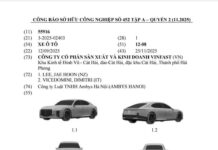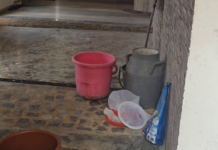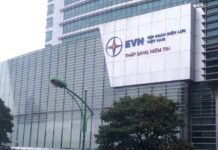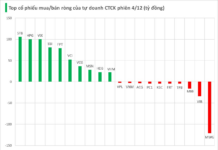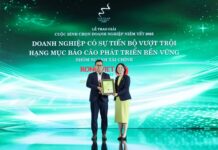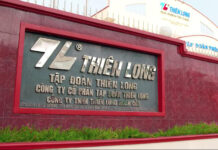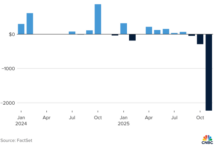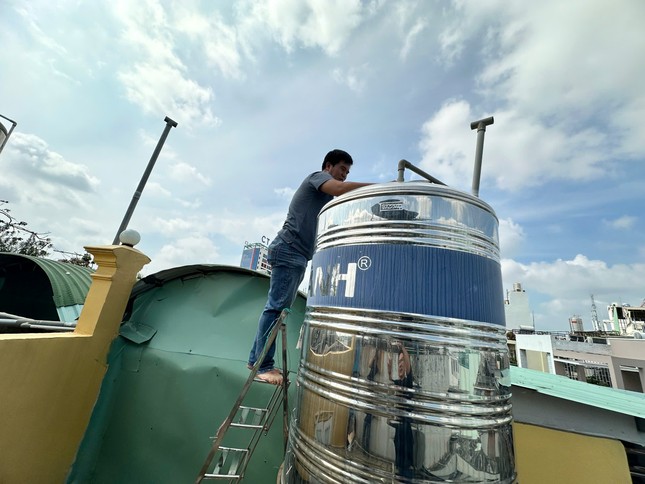Prolonged Dispute
In a conversation with Tien Phong reporters, Mr. Nguyen Quoc Huy (41 years old, residing in hem 490 Le Van Sy, District 3, Ho Chi Minh City) shared that during the water billing period of January 2024 (before Tet), his family was away, so the employees of Gia Dinh Water Joint Stock Company could not record the water meter reading and temporarily estimated it at 20 cubic meters. In the following month, the recorded water consumption for his household was 3,355 cubic meters, indicating a usage of 3,026 cubic meters.
This abnormally high water usage resulted in a water bill of over VND 57 million for Mr. Huy’s family.
“I was shocked by the enormous water bill and wondered where the excess water went,” said Mr. Huy. He further added that they had reported the issue to the Ho Chi Minh City Consumer Rights Protection Association. However, despite sending three letters to the water company and inviting them to discuss the matter, they received no response. The association has now declined to pursue the complaint, citing their inability to intervene without the company’s cooperation.
According to Mr. Huy, the water company attributed the 3,355 cubic meters of water loss to a two-month period, implying that his household consumed an average of 50 cubic meters per day or 2 cubic meters per hour.
Mr. Huy disputed this claim by stating that he had installed a device to measure the water flow at the ground floor, which never exceeded 1.2 cubic meters per hour, and at the rooftop tank, which maxed out at 0.8 cubic meters per hour. He questioned how such a significant amount of water could have gone unnoticed by his family and neighbors and requested the company to invite experts to examine his calculations, but they ignored his suggestion.
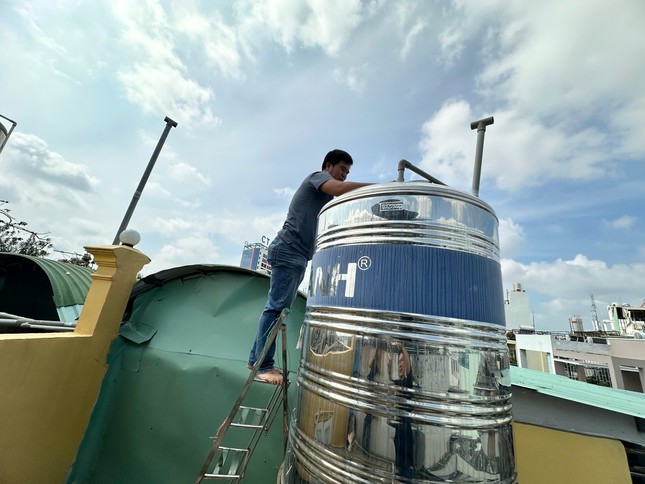
Mr. Nguyen Quoc Huy inspecting his family’s water tank on the rooftop.
Currently, the Gia Dinh Water Joint Stock Company has proposed that Mr. Huy agree to a water meter inspection to resolve the issue. However, Mr. Huy is reluctant to accept an inspection and insists on an independent assessment.
“I visited the Technical Center for Standard, Measurement, and Quality Control, where I was informed that they only perform inspections related to measurement and not assessments. An assessment would require a court decision,” explained Mr. Huy. He further argued that an inspection would not address his concerns, such as whether air passing through the meter affected the readings or if the mechanism was jammed with sand.
Inspection or Assessment?
Before a resolution could be reached, on July 10, the Gia Dinh Water Joint Stock Company notified Mr. Huy of their intention to discontinue water service to his household. The notice demanded payment of the outstanding water bill exceeding VND 57 million by August 10 and stated that failure to do so would result in the discontinuation of water services.
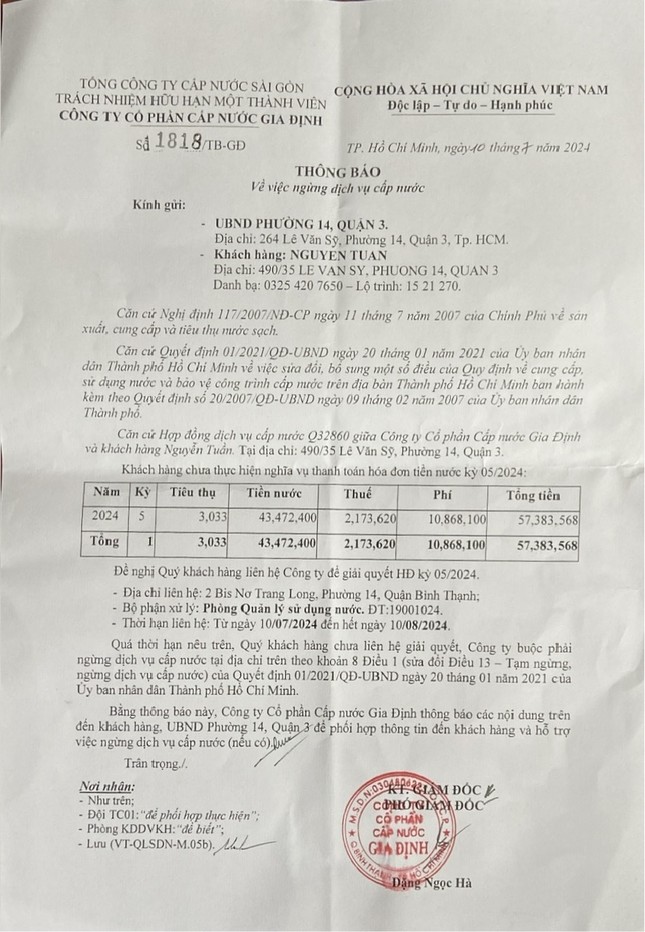
Notice of water service discontinuation sent to Mr. Huy’s family. Source: Provided by the interviewee
Faced with this predicament, on August 5, Mr. Huy filed a lawsuit with the District 3 People’s Court, requesting an independent assessment of the water system to determine the accurate and reasonable water flow used by his household. As of now, his family continues to have access to water and has not experienced any disruption in service.
Mr. Huy stated that they have maintained the water system’s original condition without any modifications. The current water consumption readings are consistent with their typical monthly usage. He emphasized that the water company’s recorded usage differs significantly from their actual consumption and that the January reading was only an estimate, making it unclear when the meter jumped to over 3,000 cubic meters. Additionally, he pointed out that the water company’s initial inspection records were inaccurate.
Regarding the inspection and assessment of the water meter, an official from a technical center for standard measurement and quality control in Ho Chi Minh City explained that inspections relate to measurement, while assessments involve technical, safety, and quality aspects. In this case, both options present challenges.
The official acknowledged the abnormal readings on the water meter but pointed out that the issue could be related to the entire water system rather than just the meter. If air passed through the meter and caused the abnormal readings, an inspection of the meter alone would not provide conclusive evidence. Furthermore, the abnormal readings only occurred during January and February, with subsequent months showing normal consumption. This indicates that the problem is unlikely to be with the meter, as a faulty or damaged meter would consistently display errors.
During a recent press conference on socio-economic issues, a representative from the Gia Dinh Water Joint Stock Company acknowledged the difficulty in resolving the dispute due to the customer’s insistence on an assessment instead of an inspection. The company continues to request Mr. Huy’s cooperation in conducting a water meter inspection to reach a resolution.


